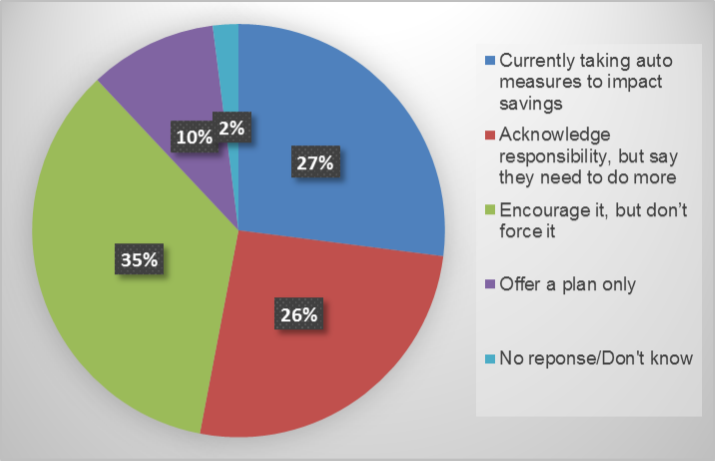A Mission of Retirement Plan Investment Design

Why Should Plan Sponsors Support a Mission of Investment Design?
Plan design auto features—automatic enrollment, automatic escalation, and even safe harbor match, to name a few—have been hot topics. But what about investment design? Investments fall into the plan’s strategy when optimizing the retirement plan, and a carefully constructed investment menu can help participants maximize their retirement income potential. Unlike auto features and the added expense that comes with them, investment design benefits participants with little or no incremental expense by the participants or the plan sponsor.
Mission Checklist: Behavioral Economics Create a Blueprint for Effective Investment Design
Behavioral economics point the way to successful investment design. Much has been written about the topic of participant behaviors, but one behavior in particular—choice overload—is important to understanding effective investment design. Shlomo Benartzi (2012) notes this phenomenon in his book Save More Tomorrow, “…there is a growing body of research in psychology and economics (from laboratory experiments and real-world observations) indicating that there is such a thing as too much choice. Specifically, people find it easier to make decisions when faced with a small menu of options than with many possible choices.” One of those studies by Iyengar,
Huberman and Jiang (2004) discovered a negative correlation between participation rates and the quantity of funds in a defined contribution plan. A crowded plan menu can negatively impact how participants allocate their retirement savings across investment options. Iyengar and Kamenica (2010) report that participants tend toward lower equity exposure and higher cash equivalent exposure as fund choices increase.
Mission Control: Countdown to a Successful Launch Toward Participants’ Retirement Goals
A focused investment menu is the “5...4…3…2…1…liftoff!” approach to investment portfolio design, constructing the plan’s investment lineup so that participants can effectively “launch” toward their retirement goals while maximizing their retirement income potential. This investment design approach is as simple as it sounds: five target date funds (TDFs) by vintage per glidepath, four U.S. equity funds, three index funds, two fixed income funds and one international fund. Fewer options means employing broader investment mandates, which reduce choice overload and help better identify skillful active managers, directly affecting participant ending account balances—a successful “landing” at retirement. When building or reviewing a plan menu, consider this simple approach to streamlining plan design, while still offering participants everything they need to launch a robust portfolio.
This is an excerpt of A Mission of Retirement Plan Investment Design that was originally published in RPAG’s IMPACT magazine. Please contact us at 877.360.2480 or support@rpag.com to obtain the full article.
ACR#157926 10/15



